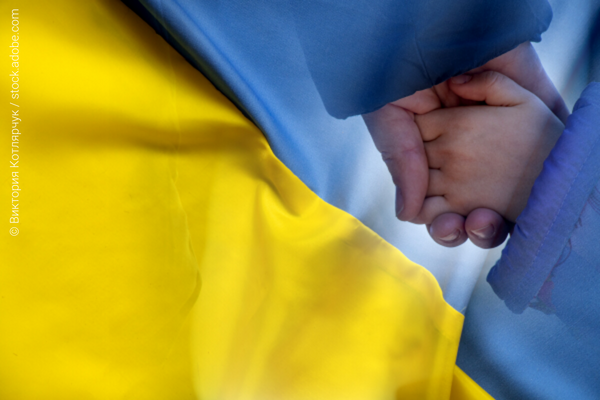How to provide Early Childhood Education and Care to Ukrainian refugee children

Policy guidance for providing ECEC to refugee children
The European Union has agreed that Ukrainian children who benefit from temporary protection should have access to ECEC under the same conditions as EU citizens. The 2019 Council Recommendation on high-quality ECEC systems highlights poverty, physical and emotional stressors, and missing language skills as potential obstacles that refugee children might face.
The Migration Policy Institute recommends that:
- countries identify the obstacles that render refugee families less likely to enrol their children in ECEC;
- refugee children attend ECEC settings alongside their native peers, in mixed classrooms.
However, this can be a challenge in countries facing a shortage of ECEC places and staff shortages. In this context, national and local governments may consider providing more flexible and informal types of education and care through play hubs in reception centres, community centres, local associations, and so on.
The toolkit for inclusive Early Childhood Education and Care lists practical examples of high-quality ECEC programmes for refugees, such as prenatal, postnatal, and preventative health care, parenting support and home visits, and free access to ECEC.
Developing professional competences to work with refugee children and families
Most European countries are providing ECEC staff with online resources to help them understand trauma, talk about war to children, support cultural understanding and multilingualism, and run specific activities.
European associations are also collecting resources to support ECEC professionals, such as this compilation by ISSA.
A number of creative solutions have also been found to address initial linguistic barriers, such as collaborating with embassies and associations to find Ukrainian and Russian-speaking volunteers, or using interpretation tools or services, like this free Austrian video-interpreting service, and supporting access to children’s books in Ukrainian, following the example of the National Library of Sweden.
Resources:
https://www.schooleducationgateway.eu/en/pub/resources/publications/inclusion-of-young-refugees-.htm
